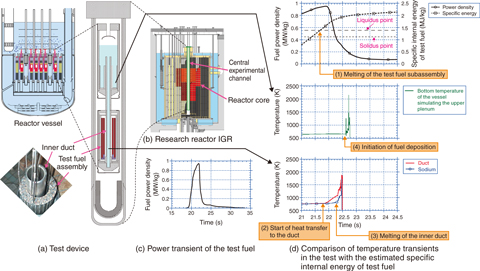
Fig.7-6 Experiment for upward discharge of molten fuel from a fuel subassembly with an inner-duct structure (FAIDUS)
To ensure the safety of sodium-cooled fast reactors (SFRs), it is essential to protect the reactor vessel against failure in case of accident that causes fuel failure and resulting core disruption (core-disruptive accident). The failure of the reactor vessel under core-disruptive accident can occur when a large amount of molten fuel remaining in the core is rapidly compacted, resulting in a rapid power increase. In conventional SFR design, the integrity of the reactor vessel was ensured in case of such conditions; however, for next-generation SFRs, the aim is to further improve safety by eliminating the cause of a rapid power increase in case of a core-disruptive accident. Specifically, a dedicated duct is installed in the fuel subassembly to immediately discharge molten fuel from the core (i.e., the fuel subassembly with an inner-duct structure (FAIDUS)). Presently, from the perspective of the cooling of discharged fuel, the concept of discharging molten fuel toward the upper plenum by placing an inner duct with an opening at the upper end is examined with attention to the increase of the core pressure during fuel melting.
In this experimental study, a fuel subassembly was actually melted to confirm the upward discharge of molten fuel. The test device is shown in Fig.7-6(a). A test device partially simulating the FAIDUS was manufactured and installed in the central experimental channel of the NNC’s research reactor IGR, as shown in Fig.7-6(b). The test fuel was heated by neutron irradiation to the test device by operating the IGR to simulate a core melt condition in the device, as shown in Fig.7-6(c). Fig.7-6(d) shows the main measured results compared with the estimated specific internal energy of the test fuel, leading to the following conclusions: (1) the estimated specific internal energy of the test fuel suggests that the test fuel subassembly melted completely at approximately 21.7 s; (2) the temperature of the inner duct started to rise due to heat transfer from the molten fuel at approximately 21.8 s; (3) the discontinuous temperature change found at approximately 22.3 s suggests the melting of the inner duct and the start of fuel discharge; and (4) the rapid temperature increase in the bottom of the vessel for simulating the upper plenum found at approximately 22.6 s suggests the start of deposition of the fuel discharged upward. The weight measurement of the deposit confirmed that the majority of the molten fuel in the core was discharged upward.
This study revealed that installation of a duct in a fuel subassembly is effective in achieving rapid discharge of molten fuel out of the core during a core-disruptive accident, and that upward discharge is also applicable.